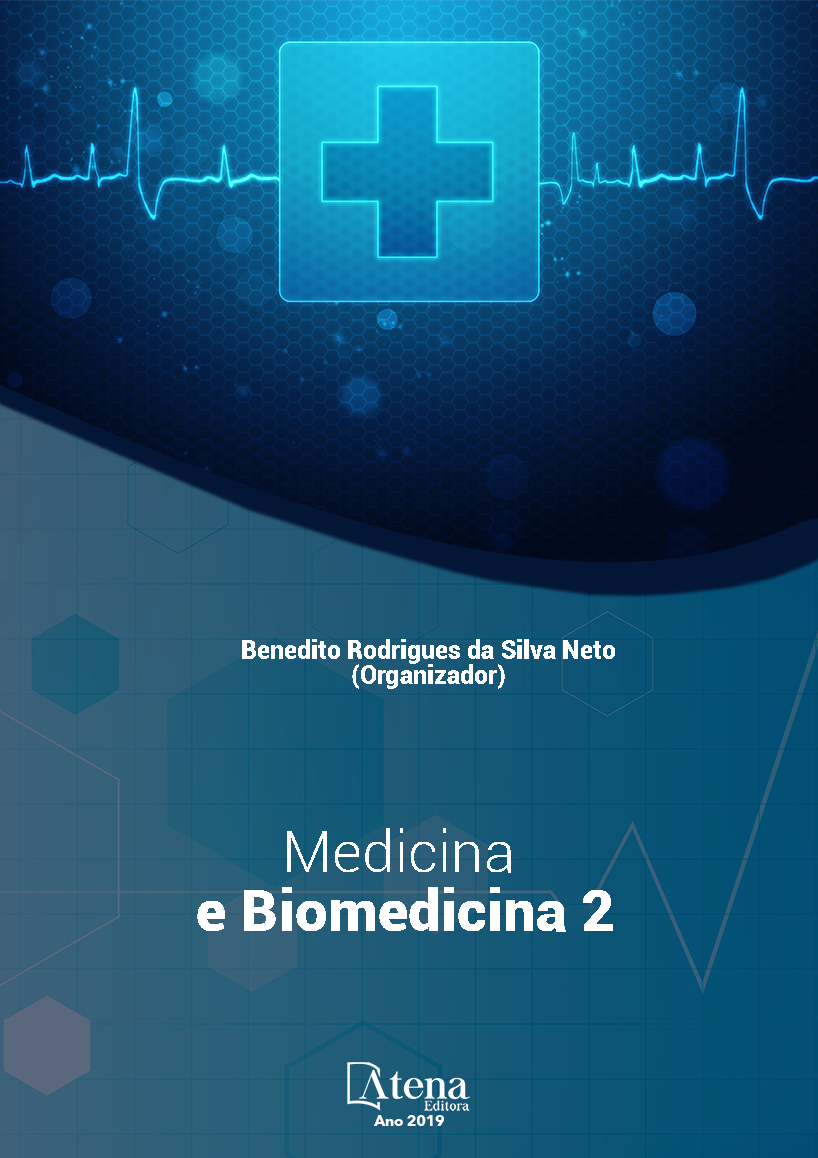
MORBIMORTALIDADE DE FEBRE REUMÁTICA E VALVULOPATIA REUMÁTICA NO PERÍODO DE 2008 A 2017 NO ESTADO DO PARÁ
A febre reumática (FR) é uma
complicação aguda não supurativa da
faringoamigdalite, causada por estreptococo
beta-hemolítico do grupo A, sendo uma resposta
imune tardia em populações geneticamente
predispostas. A cardite é a manifestação mais
grave desta afecção, levando a um quadro
de cardiopatia reumática crônica (DRCC),
altamente incapacitante e dispendiosa para
a saúde pública. Por meio deste estudo,
objetivou-se avaliar a morbimortalidade por
febre reumática aguda e valvulopatia reumática
no estado do Pará no período de 2008 a 2017,
através de um estudo descritivo e transversal. O
total de internações por FR no período estudado
foi de 2.682, com predomínio do sexo feminino
(1451 casos – 54%). Observou-se aumento
de casos entre 2008 (173) a 2013 (338) com
diminuição progressiva até 2017 (85). A faixa
entre 5-19 anos, foi responsável por 662 casos
(24% do total), com o restante distribuído por
outras faixas etárias, especialmente dentro do
intervalo de 20 a 69 anos (68%). Pôde-se inferir
que a FR e a DRCC continuam apresentando
elevada morbimortalidade e custo elevado. A
mudança epidemiológica nos últimos anos, com
menos internações por FR e aumento nos casos
de valvulopatia reumática crônica especialmente
até os 29 anos, demonstra um retorno de casos
não diagnosticados e sem profilaxia correta,
mostrando a importância da aplicação dos novos
critérios modificados na realidade atual do país.
MORBIMORTALIDADE DE FEBRE REUMÁTICA E VALVULOPATIA REUMÁTICA NO PERÍODO DE 2008 A 2017 NO ESTADO DO PARÁ
-
DOI: 0.22533/at.ed.97919240716
-
Palavras-chave: Febre Reumática, Indicadores de Morbimortalidade, Miocardite.
-
Keywords: Rheumatic Fever, Indicators of morbidity and mortality, Myocarditis
-
Abstract:
Rheumatic fever (RF) is an acute non-suppurative complication of
pharyngotonsillitis, caused by group A beta-hemolytic streptococcus, being a late
immune response in genetically predisposed populations. Carditis is the most severe
manifestation of this condition, leading to chronic, highly debilitating and costly chronic
rheumatic heart disease (CRHD). The objective of this study was to evaluate the
morbidity and mortality of acute rheumatic fever and rheumatic valvulopathy in the state
of Pará from 2008 to 2017, through a descriptive and cross-sectional study. The total
number of hospitalizations for RF in the period studied was 2,682, with a predominance
of females (1451 cases - 54%). There was an increase in cases between 2008 (173)
and 2013 (338), with a progressive decrease until 2017 (85). The range between 5-19
years was responsible for 662 cases (24% of the total), with the remainder distributed
among other age groups, especially within the range of 20 to 69 years (68%). It was
observed that RF and CRHD continue to present high morbidity and mortality rates
besides high cost. Epidemiological change in recent years, with fewer hospitalizations
due to RF and increase in cases of chronic rheumatic valvulopathy especially until the
age of 29, demonstrates a return of undiagnosed cases without correct prophylaxis,
showing the importance of applying the new modified criteria to the current reality from
the country.
-
Número de páginas: 15
- Ana Carolina Fonseca Tavares
- Ana Paula Ramos de Souza
- Caio Henrique de Souza Almeida
- João Pedro Nunes Aquime
- Leonardo Teixeira de Mendonça
- Vitória Silva Rodrigues


